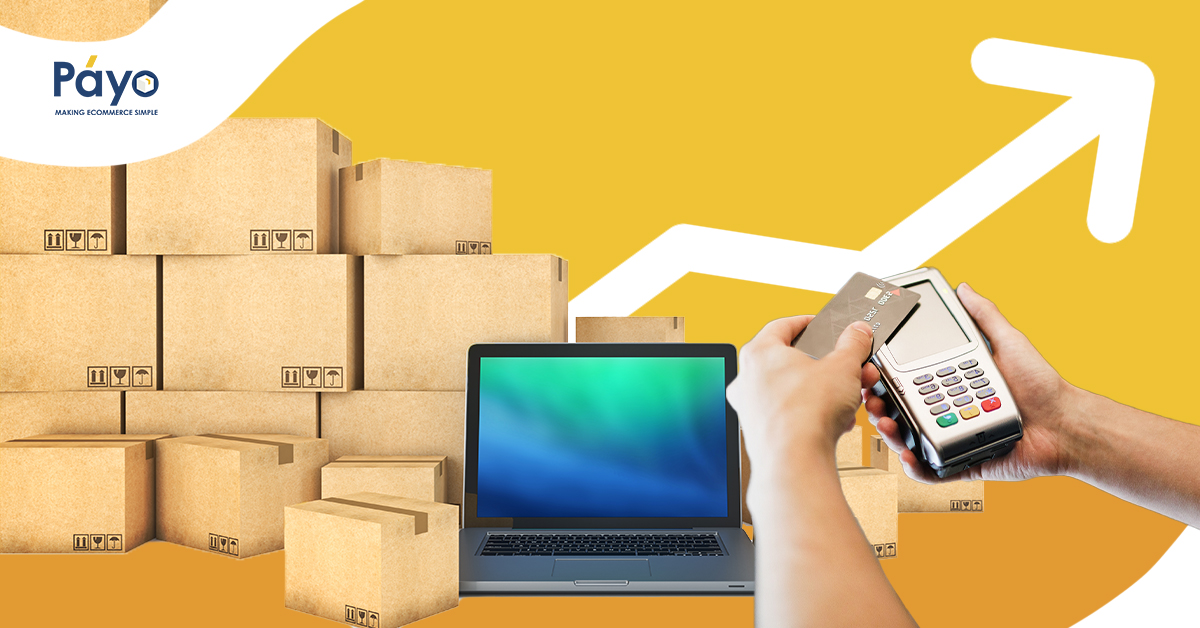

Analyzing the impact of online selling in the Philippines
Getting into E-commerce in the Philippines is one way for brands to reach a wider audience and showcase their offerings. When online marketplaces were first introduced, Filipinos were quick to explore these platforms because of the great deals and discounts they offered. However, many still preferred visiting traditional brick and mortar stores, with only 2% of the online population making online purchases.
When the pandemic broke out and restrictions were put in place, many saw the potential of exploring E-commerce. Merchants and customers alike turned to online selling in the Philippines for their essential needs because they couldn’t go out. Thus, a new generation of shoppers and shopkeepers were born.
Rise of the digital marketplace
During the height of the pandemic, E-commerce activity grew as physical movements and mobility continued to be limited. This saw local E-commerce transactions reaching PHP229.8B in 2020, and estimated to have reached PHP264.5B in 2021. This is proof of how businesses and consumers coped with online selling in the Philippines.
Because of the restrictions, some businesses scaled down physical stores. This was followed by expansions online while many startups also came into the digital fold. The Department of Trade and Industry even reported that online merchants have grown from only 1,700 in March 2020 to over 93,000 in January 2021.
Whether it’s on social media like Facebook and Instagram, online marketplaces like Shopee and Lazada, or on merchants’ own websites, online selling in the Philippines is thriving thanks to technology. Not only did costs decrease, but merchants are also able to maximize expenditure on other things. This includes increased inventory, storage, and even advertisements for different marketing promotions.
Growth of digital payments
The rise of online selling in the Philippines also saw the jump in digital payments. Because they were not able to go to banks and bayad centers, consumers had to learn how digital banking worked to manage their finances and online purchases.
Despite being a cash-driven market, Visa revealed that 60% of Filipinos carried less cash during the pandemic, while another 84% tried going cashless. There was also an increase in preference for mobile wallets, online card payments, in-store card payments, and quick response (QR) payments.
The company even went on to say that the preference for cashless payments is clearly gaining momentum. “More Filipinos are confident to get by without cash and for longer periods of time — with more than half feeling confident to get by for a week or longer, as cashless payment options grow,” it shared.
Multiplier effect in other industries
Demand for logistics service providers also soared as online selling boomed in the Philippines. As businesses and consumers dominated the digital marketplace, they also grew to cater to the surge in customers. This has led to more employment opportunities for Filipinos and access to untapped markets.
Similarly, this growth also impacted warehousing as E-commerce accounted for nearly half the total demand in early 2021. This shows not only the increased investment in storage spaces, but the potential of serving a bigger market in the metro and in rural areas.
Technology has indeed enabled a lot of opportunities to ensure a thriving local retail industry. If you’re looking to leverage these, then now’s the right time to explore and take your shot.
With Payo’s solutions, you can break into the Philippine E-commerce scene effectively and seamlessly. These include Marketplace Optimization, Warehousing, Fulfillment, Last Mile Management, Cash-on-Delivery Integration, and so much more.
Want to scale your business in the Philippines through online selling? Sign up with Payo today or send us a message at [email protected]. Your journey into the digital marketplace starts here!

